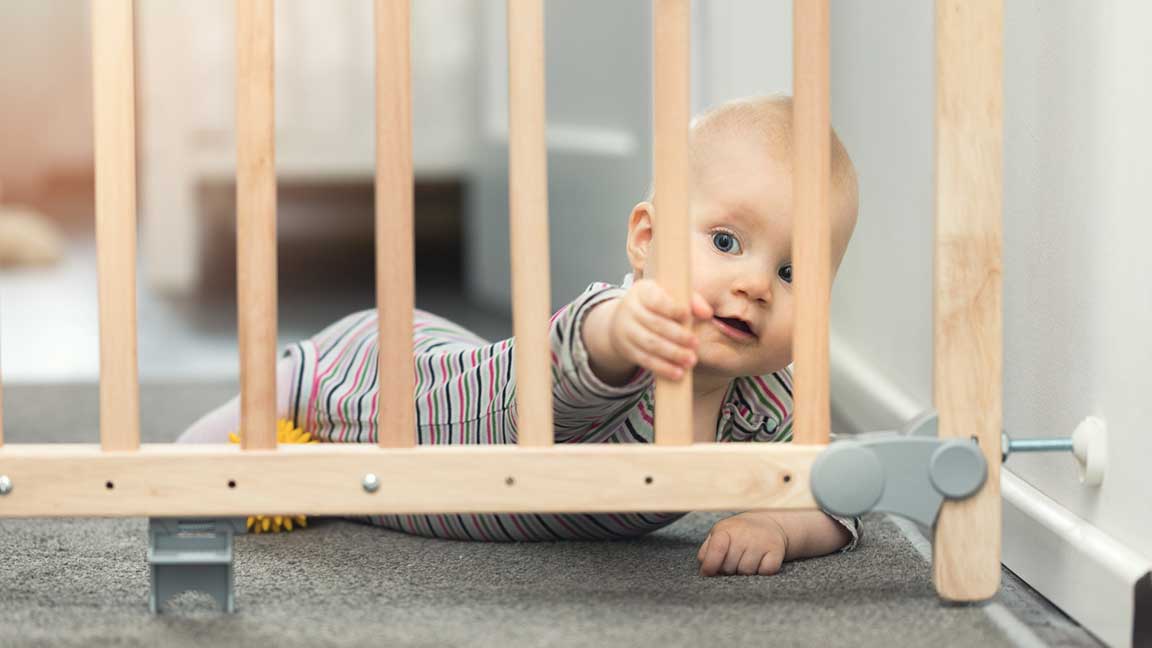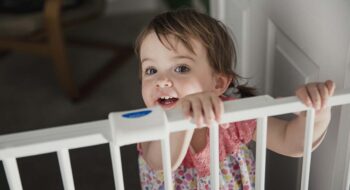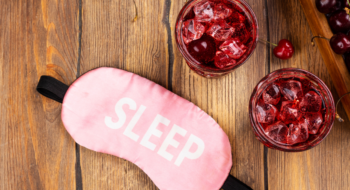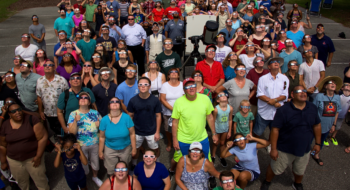Kids are curious by nature. As they explore their surroundings, they’re apt to encounter potential dangers around the home.
Many parents reduce the risk of accidental injuries with baby gates, cabinet latches and locked medicine boxes. But is that enough?
Dr. Lucretia Carter, medical director of pediatrics at Tidelands Health and a pediatrician at Tidelands Health Pediatrics in Myrtle Beach, says to leave no stone unturned.
“Children’s brains are designed to learn. They’re constantly seeking out new things to touch, taste and smell. Everyday items you may not consider a threat can quickly become dangerous in the hands of a toddler or preschooler,” she says.
For example, parents know small objects are a choking concern, but how small is too small? A cardboard toilet tissue tube can be used as a general guide, Dr. Carter says.
“If it can fit in the tube, it can be swallowed and cause a young child to choke,” she says. “But that’s not foolproof. For example, keep in mind that larger toys can have small pieces that can break off or batteries that can be removed.”
Dr. Carter says every home has different childproofing requirements and parents should be vigilant for danger in any home where children spend time.
Here are 12 easy-to-overlook steps when childproofing a home:
1. Trash cans
Garbage cans can be treasure troves to kids. From razor blades to cleaning product bottles to old chewing gum, any number of dangers lurk in a trash bin. To deter curious hands, use a can with a lid and a latch, if possible, and keep it stored out of little one’s reach.
2. Tablecloths
Tablecloths look pretty, but early walkers are almost certain to try to pull themselves up with them. This could bring the contents of the table crashing down on baby’s head. Placemats are a good alternative.
3. Televisions
Thousands of children (and adults) are injured by televisions each year. Mount your television to a wall or anchor it to a heavy piece of furniture using safety straps, which are available for less than $20 at baby supply retailers.
4. Fireplaces
If you have a fireplace in your living area, surround it with a gate or enclose it with a glass cover. Remove implements like pokers and firewood from baby’s reach. Consider putting soft or padded covers on the hearth to prevent injuries if baby stumbles.
5. Houseplants
Lush, green houseplants clean the air and create a sense of serenity in your home. But some are toxic if ingested. Peace liliies, pothos (devil’s ivy), sago palms and English ivy are examples of plants that can cause mouth irritation or illness if eaten.
6. Water heater
Protect kids from burns and scalds by using anti-scald devices for faucets and showers and by setting your water heater temperature below 120 degrees. These steps can help keeps the water from becoming too hot when the child inevitably plays in the sink or starts washing their hands independently.
7. Doorstops
Metal doorstops keep a door from hitting a wall and are often fitted with a plastic cap. These are very easy for kids to remove and quickly swallow. Remove the cap until kids can understand these stops are not toys.
8. Rugs
Early walkers and toddlers are quite unsteady on their feet. Use nonskid pads under area rugs and runners to help prevent falls.
9. Wall hangings
Don’t let nursery decor put your baby at risk. Never hang anything on a wall above the crib. If it falls, it could injure your child. And, as the baby starts to stand, they could pull the picture or decoration down on his or her head.
10. Fans and lamps
Standing fans and floor lamps often aren’t very sturdy, but kids don’t know that. These items can very easily be pulled over, causing injury.
11. Pet doors
If you have a pet door, a new crawler may attempt to follow the family dog outside. Block these off whenever possible.
12. Lead paint
Homes built before 1978 may have lead paint, which could expose kids to lead if ingested. Consult a lead-safe contractor for help.
In case of injury
In case of a serious injury to your child that requires immediate medical attention, dial 911. If your child has ingested medicine inappropriately but is experiencing no or mild symptoms, call the Poison Control Center at 800-222-1222 for guidance on how to proceed.
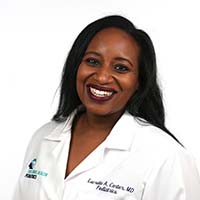
Dr. Lucretia Carter
Pediatrician, Tidelands Health Pediatrics
Bio
Dr. Lucretia Carter is a pediatrician who practices at Tidelands Health Pediatrics in Myrtle Beach.
Learn MoreMedical Education
Education
Howard University College of Medicine
Residency
Albert Einstein Medical Center
Awards
Board certifications:
- American Board of Pediatrics
Meet the Expert
Dr. Lucretia Carter
Dr. Lucretia Carter is a pediatrician who practices at Tidelands Health Pediatrics in Myrtle Beach.
